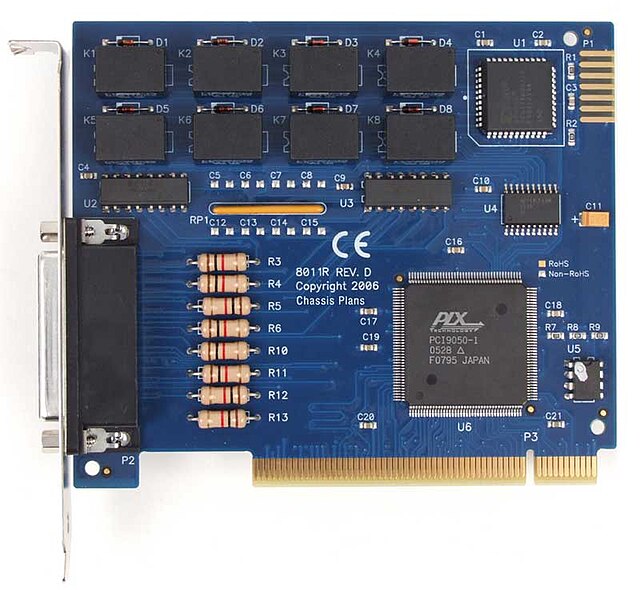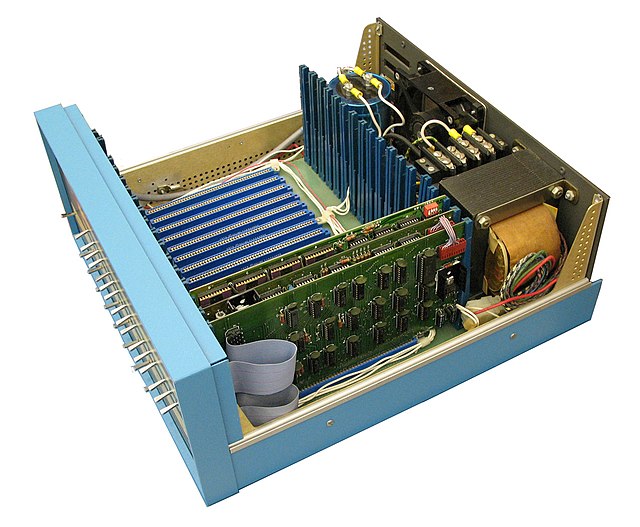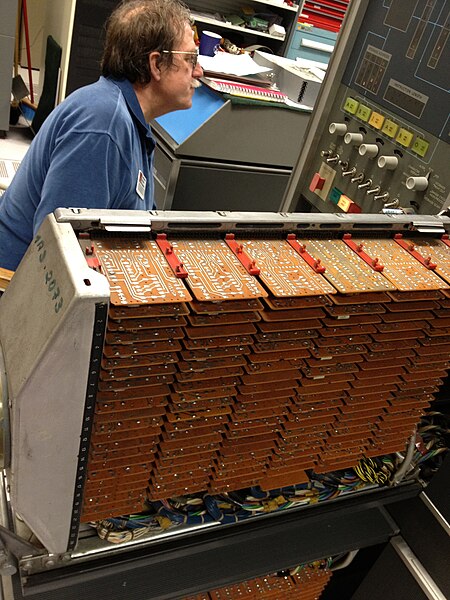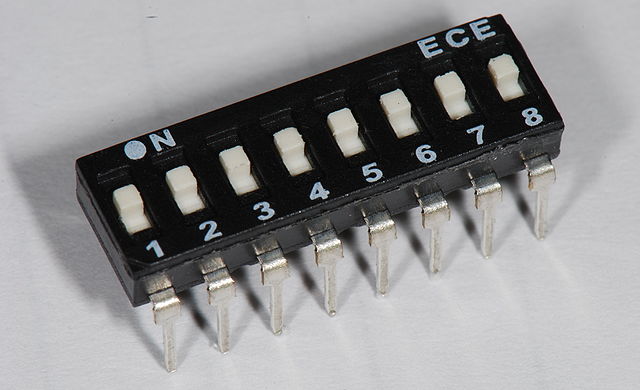The VESA Local Bus is a short-lived expansion bus introduced during the i486 generation of x86 IBM-compatible personal computers. Created by VESA, the VESA Local Bus worked alongside the then-dominant ISA bus to provide a standardized high-speed conduit intended primarily to accelerate video (graphics) operations. VLB provides a standardized fast path that add-in (video) card makers could tap for greatly accelerated memory-mapped I/O and DMA, while still using the familiar ISA bus to handle basic device duties such as interrupts and port-mapped I/O. Some high-end 386DX motherboards also had a VL-Bus slot.
Multi-I/O-Controller with 1×IDE/SCSI-2/FDD/parallel/2×RS232/Game
An ATI MACH64 SVGA VLB graphics card
Computer motherboard with 7 ISA slots of various feature levels. The top three are 16-bit ISA. The middle three are VLB; 16-bit ISA with the added slot (leftmost brown sections). The bottom (shorter) slot is 8-bit ISA. A card installed in this motherboard would have its mounting bracket on the right, which normally would be the "back" of the computer case.
"VIP" motherboard GA486IM from Gigabyte Technology
In computing, an expansion card is a printed circuit board that can be inserted into an electrical connector, or expansion slot on a computer's motherboard to add functionality to a computer system. Sometimes the design of the computer's case and motherboard involves placing most of these slots onto a separate, removable card. Typically such cards are referred to as a riser card in part because they project upward from the board and allow expansion cards to be placed above and parallel to the motherboard.
Example of a PCI digital I/O expansion card using a large square chip from PLX Technology to handle the PCI bus interface
Altair 8800b from March 1976 with an 18-slot S-100 backplane which housed both the Intel 8080 mainboard and many expansion boards
Rack of IBM Standard Modular System expansion cards in an IBM 1401 computer using a 16-pin gold plated edge connector first introduced in 1959
Configuration DIP switches in a 16-pin through-hole package as often found in ISA expansion cards from the 1980s








